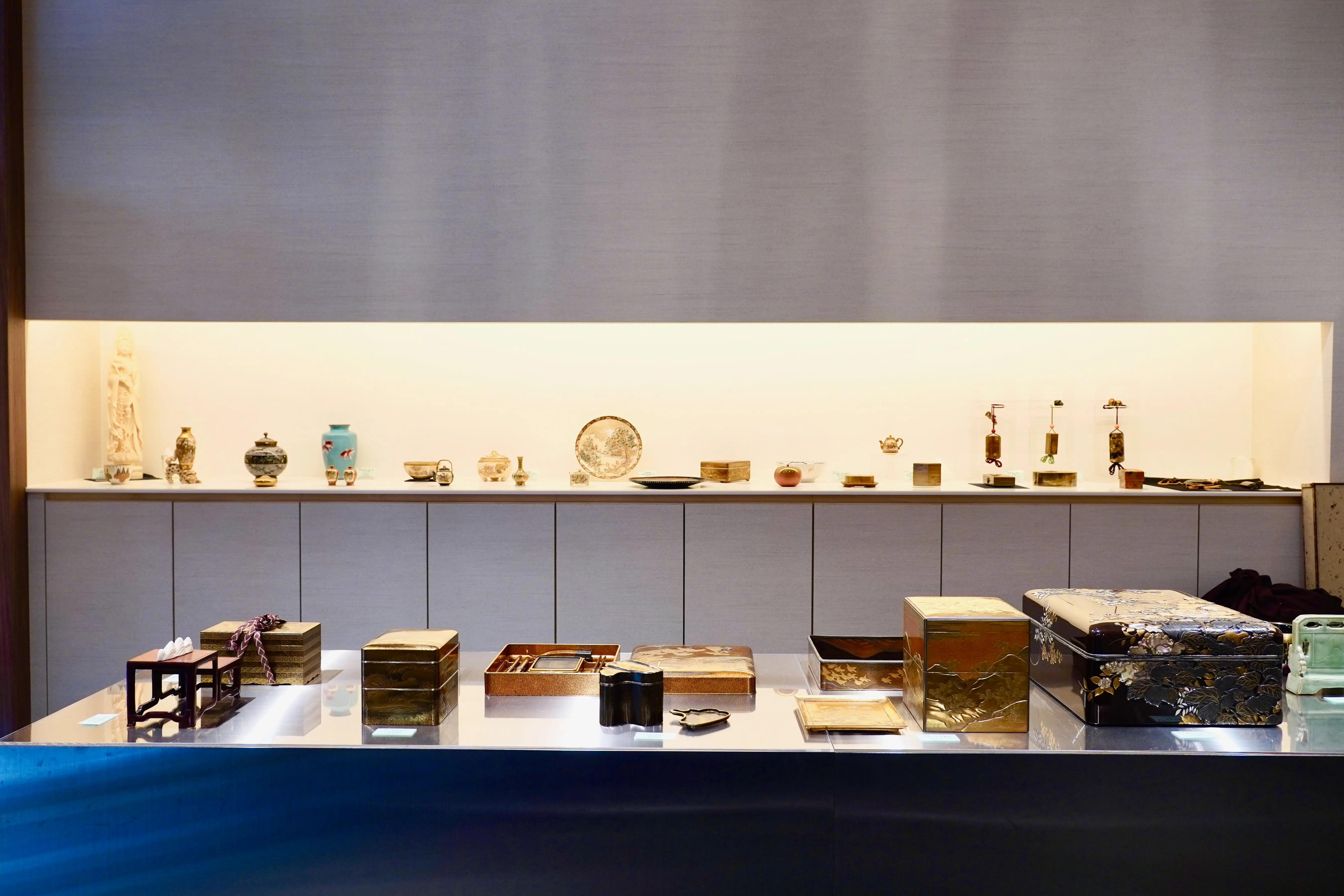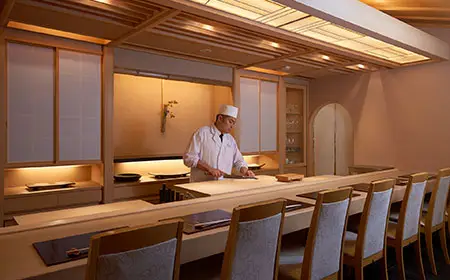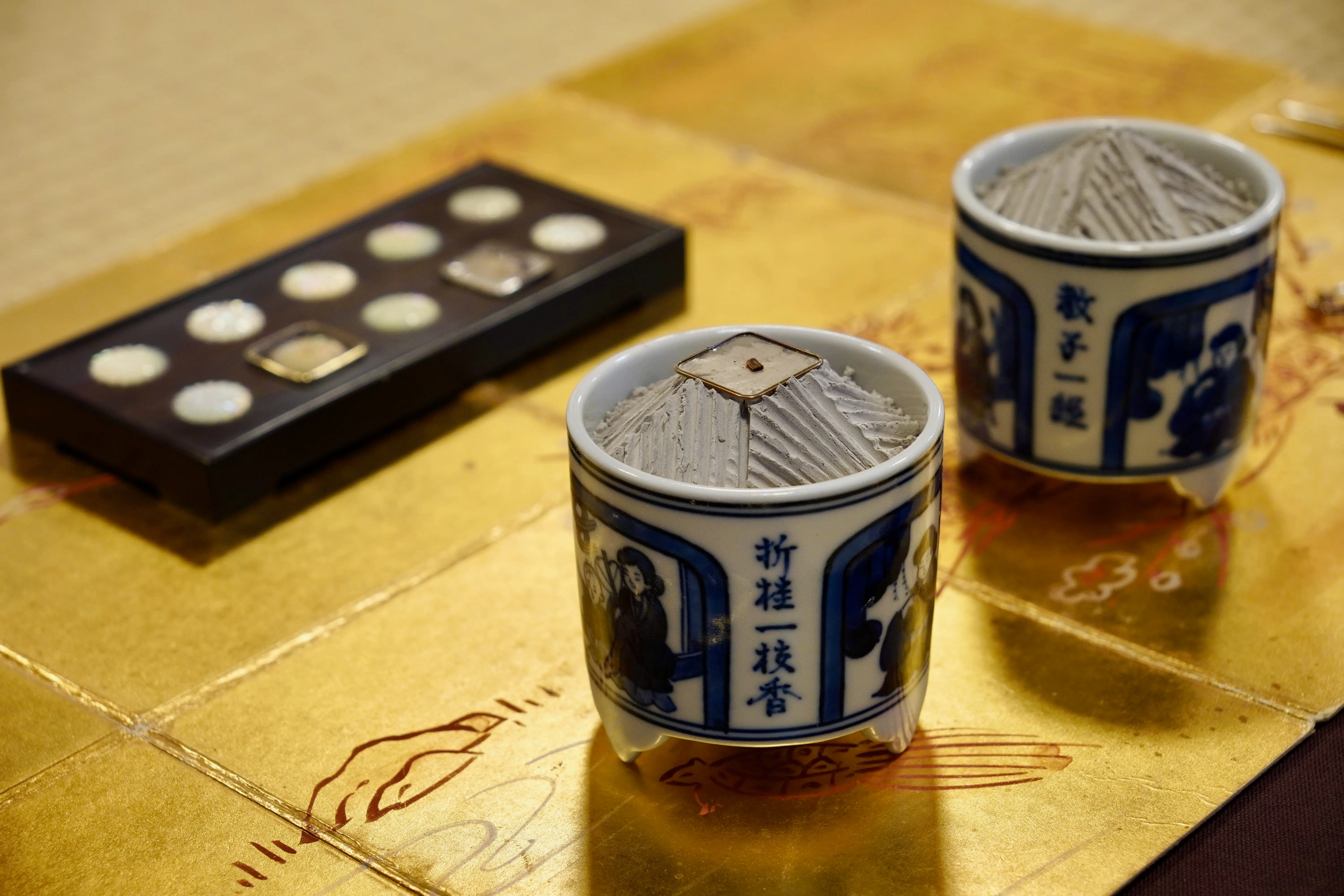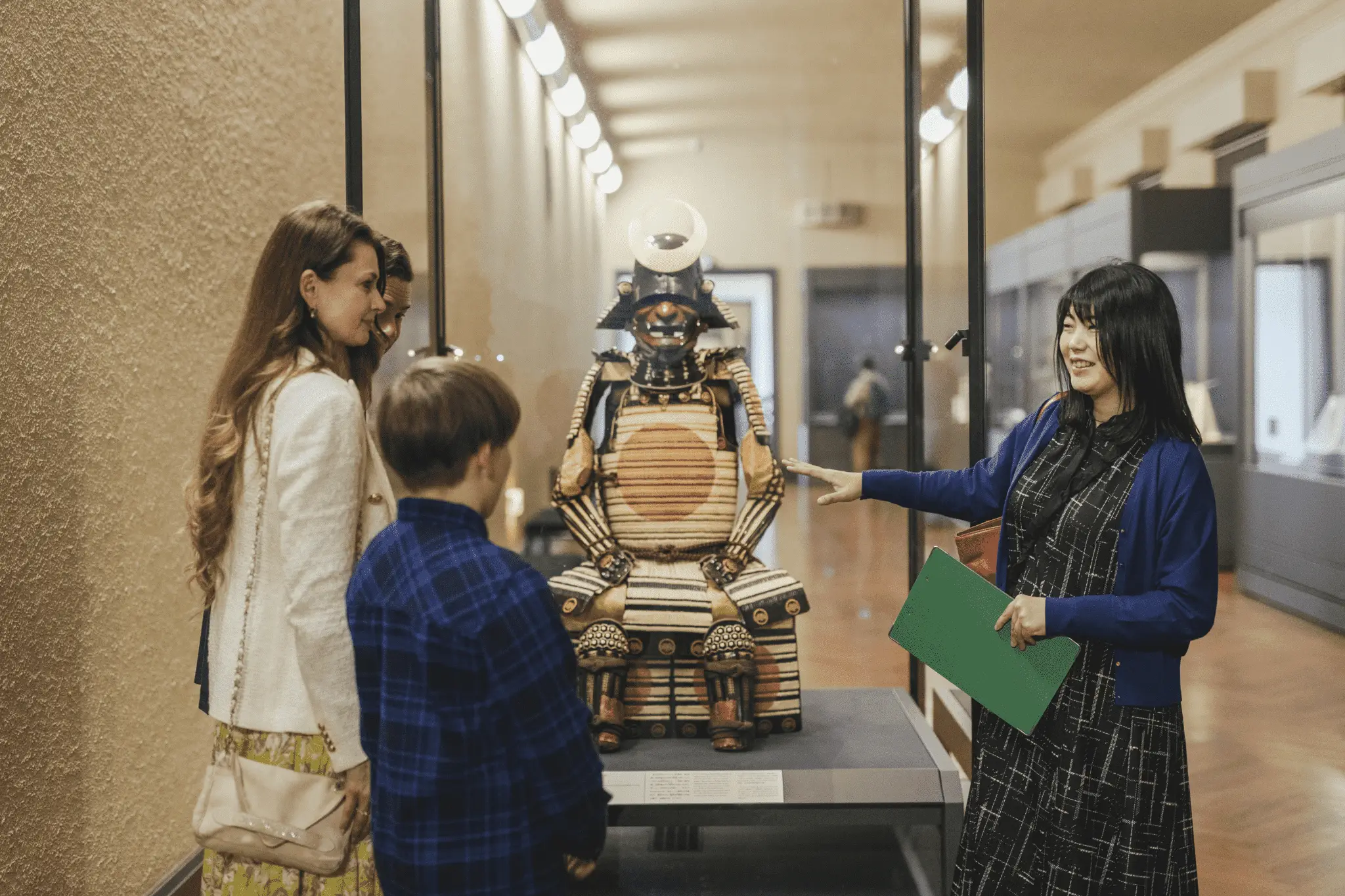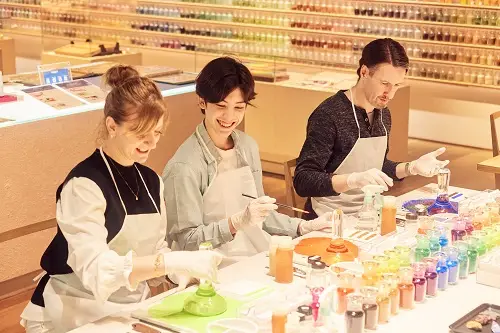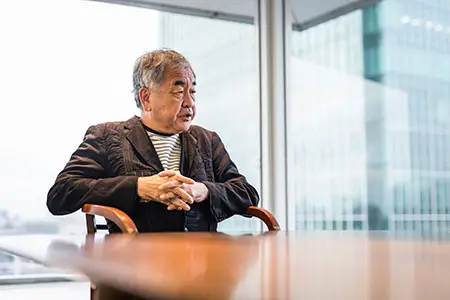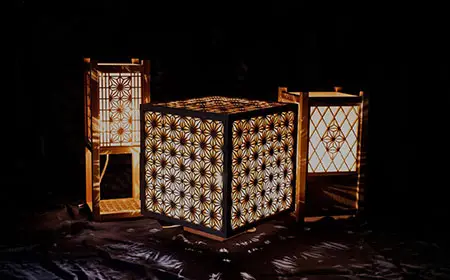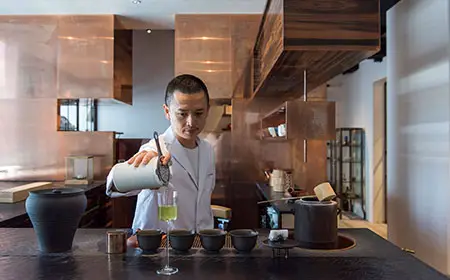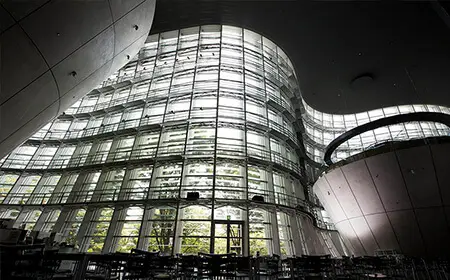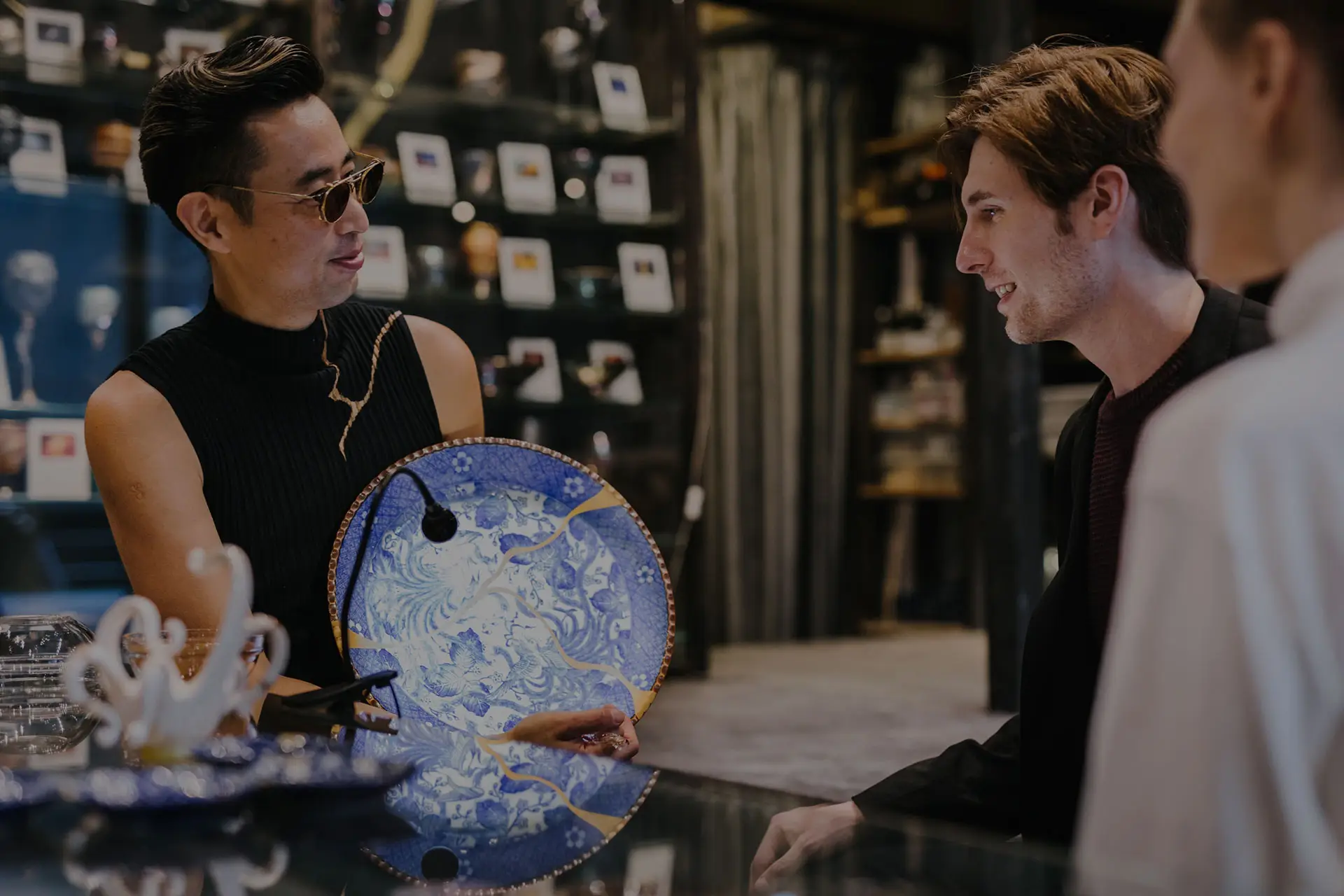
BEAUTIFYING THE BROKEN
Kintsugi is the art of "golden repair," and a window to the soul of Japan that values the venerable and the perfectly imperfect. A timeless technique, it can be experienced on a visit to the contemporary artisans of Tokyo finding innovative applications for the art.
Japanese ceramics is one of the country's most valued arts. With origins dating back 10,000 years ago, Japan has one of the longest histories of the craft. In a country where mindfulness and simplicity are embraced in everyday life, finding the beauty in imperfections has been embedded in the culture. Few things capture the essence of this spirit better than Japanese ceramics, or even more so the kintsugi technique. The Japanese art of kintsugi, meaning 'golden joinery,' mends broken pottery cracks with lacquer dusted or mixed with gold or silver powder. It is said that kintsugi came about when the samurai who governed Japan in the 15th century broke his favorite tea bowl and requested craftsmen to find an aesthetic method of repair. This technique not only embraces but beautifies damages while keeping waste minimal. By the 17th century, kintsugi became a common technique for repairing ceramics in Japan.

Various materials and techniques have developed in pottery towns throughout the country, each passing down their distinctive centuries-old craft to the next generation. Although the traditional pottery towns are outside of Tokyo, it is only in Tokyo that you will find such a vast selection of ceramics from around the country. This is thanks to its rich 400-year history as the economic and political capital, as well as its eye for high-quality products. While these traditional arts have distilled into the city, Tokyo has been a formidable global force and at the forefront of modern innovation. Artists of Tokyo use traditional ceramics techniques along with modern inspirations to create contemporary pieces, contributing to Tokyo's truly vibrant art scene.

In Omotesando - the heart of art and fashion in Tokyo - contemporary ceramic artist Taku Nakano transforms Japanese pottery and the art of kintsugi. Taking inspiration from nature and the universe, Nakano combines different elements such as natural lacquer, glass blown by the artist himself, and rare metals, all of which he meticulously calculates to create the perfect color and luster. Done by no other artist, this truly unique method creates distinctive pieces known as Omotesando-yaki, which are literally out of this world. Nakano makes it his mission to convey the beauty of handmade pottery and kintsugi to the world. He explains, "In a time when sustainability is ever more important, the spirit of kintsugi spreads mindfulness and the importance of treating our possessions with care. While some may consider kintsugi as simply a method of repair, I appreciate it as a way to make a piece even more beautiful and stronger than it was before." In addition to ceramic orders fully customized from conception to completion, Nakano will beautifully revamp your own personal pieces with innovative designs using kintsugi. One of his signature designs and popular requests is to add a glass stem to 17th-18th-century Japanese antique cups and bowls using kintsugi, transforming them into a beautiful wine glass or decorative piece. Request a consultation with Nakano to collaborate and create a personalized piece to take home and cherish for a lifetime.








